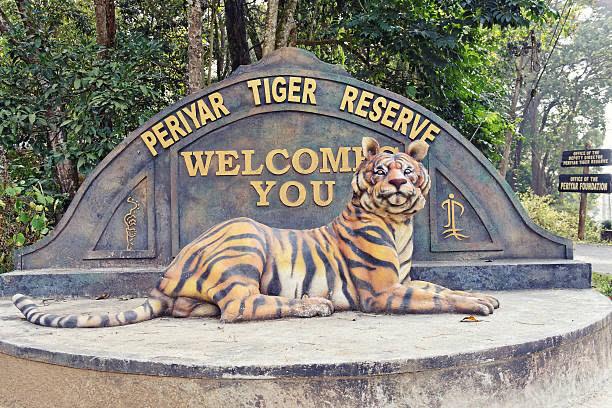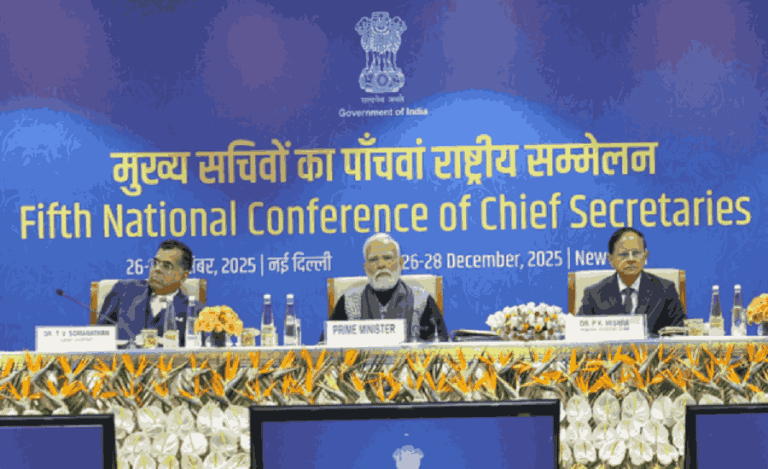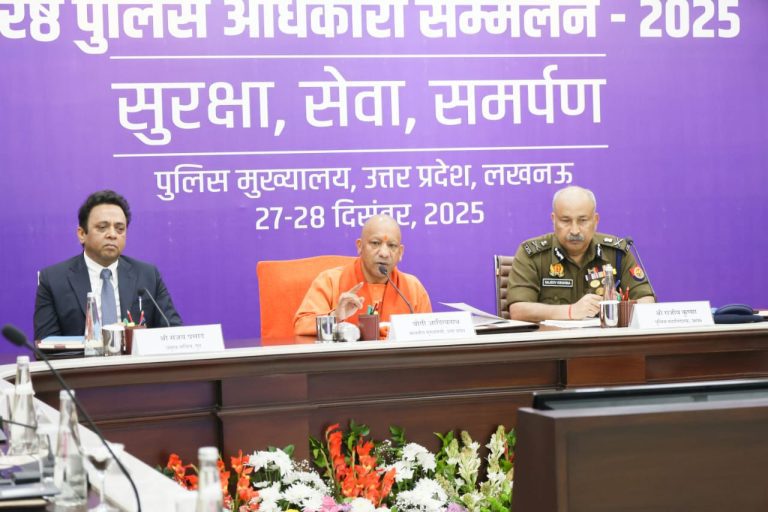Kerala’s Periyar Tiger Reserve has managed to seamlessly blend nature and tourism together. The USP of the Tiger Reserve is – why be just close to nature, when you can live in nature. And, in its implementation, community-based eco-tourism forms an integral part of the ethos of this spectacular 777 sq km stretch of greenery in the southern region of the Western Ghats, which gets its name from the river Periyar.
For any nature lover, it is a nothing less than ‘paradise’ with an exquisite collection of flora and fauna thriving in a favourable climate, making it one of the most popular tourist spots in Kerala. Located in Thekkady, both the wildlife tourist and the nature lover visit the Tiger Reserve for moving deep into the forest on foot and camping amidst nature and beautiful wildlife, including the elusive tiger.
Indian Masterminds spoke to Chief Conservator of Forests and Field Director of Periyar Tiger Reserve, Mr. Pramod PP, an IFS officer of 2006 batch, to get more details of the ‘best managed tiger reserve in India’.
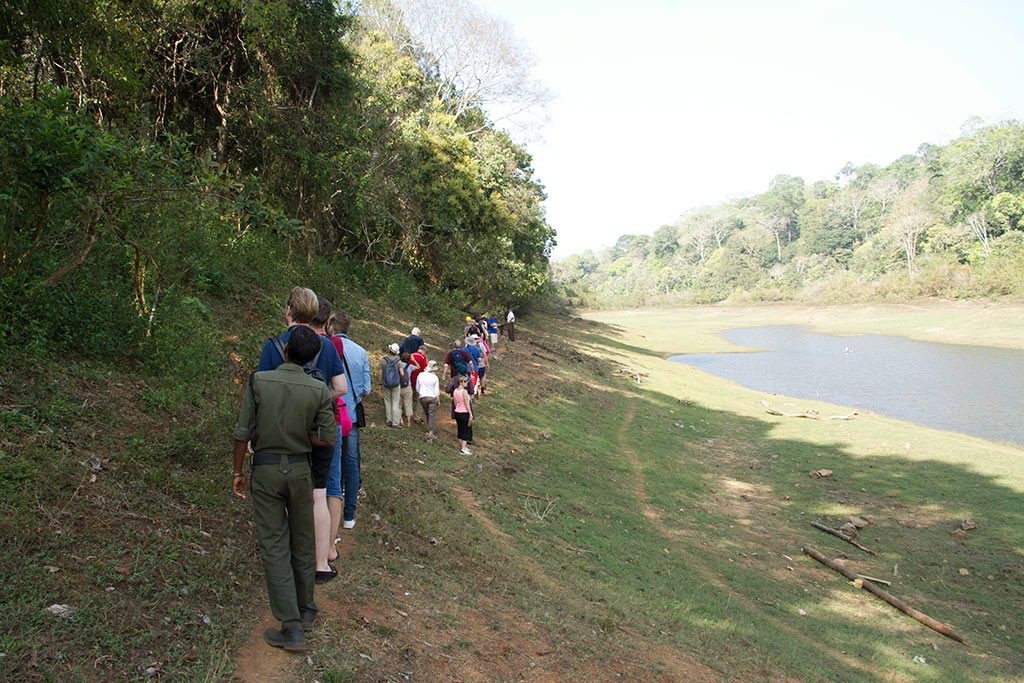
TIGER TRAIL
Periyar Tiger Trail is a highly in demand community based ecotourism programme of the Reserve. “It is a trekking and camping programme where you can also stay inside your tent and listen to the sounds of the wilderness in solitude,” Mr. Pramod said.
This guided day and night trek traverses a distance of 20-35 km and the trekkers later camp in tents inside the forest. A group includes a maximum of 6 persons who stay in lakeside tents that can accommodate 3 persons each. No vehicles are used in the Trail, except for an eco-friendly bamboo raft, used for crossing the Periyar Lake. The programme is managed by the Ex-Vayana Bark Collectors Eco-Development Committee.
“The idea was conceptualized to provide an alternate livelihood for the ex-poachers who were involved in vayana bark collection and poaching. The package starts from the Ex-vayana EDC office near a check post and treks to reach the base camp at Nellikkampetty. However, sighting of tiger is left to chance as the forest type is evergreen and semi-evergreen, thereby limiting the visibility of tigers even though they may be present nearby,” Mr. Pramod explained.
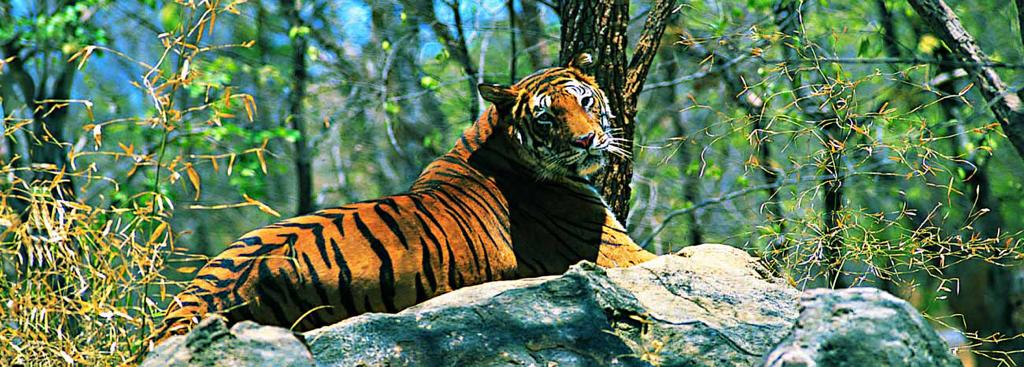
TIGER CONSERVATION
The last tiger estimation in 2018 identified 26 individual tigers in the Reserve, based on camera trap method of estimation. To protect them, anti-poaching camp sheds are manned 24×7 by the frontline staff. The camps are equipped with arms and ammunition, GPS, etc. The staff perambulate the section every day and record direct and indirect evidences of tiger and other species. The tiger kills and sightings are entered in the sighting register and also communicated on a daily basis to the Tiger Control Base Station at the Headquarters in Thekkady.
At the same time, the local tribal population living on the fringes is also being actively engaged in conservation. Mr. Pramod said, “We are managing the Park with the help of the local community. Major thrust is on conservation and protection. Within that, we are exploring possibilities of ecotourism activities, that too with support of local communities. The Sabarimala Pilgrimage also plays an important role in conservation, human-wildlife conflict management, and supports livelihoods for Eco-Development Committees, during the season.”
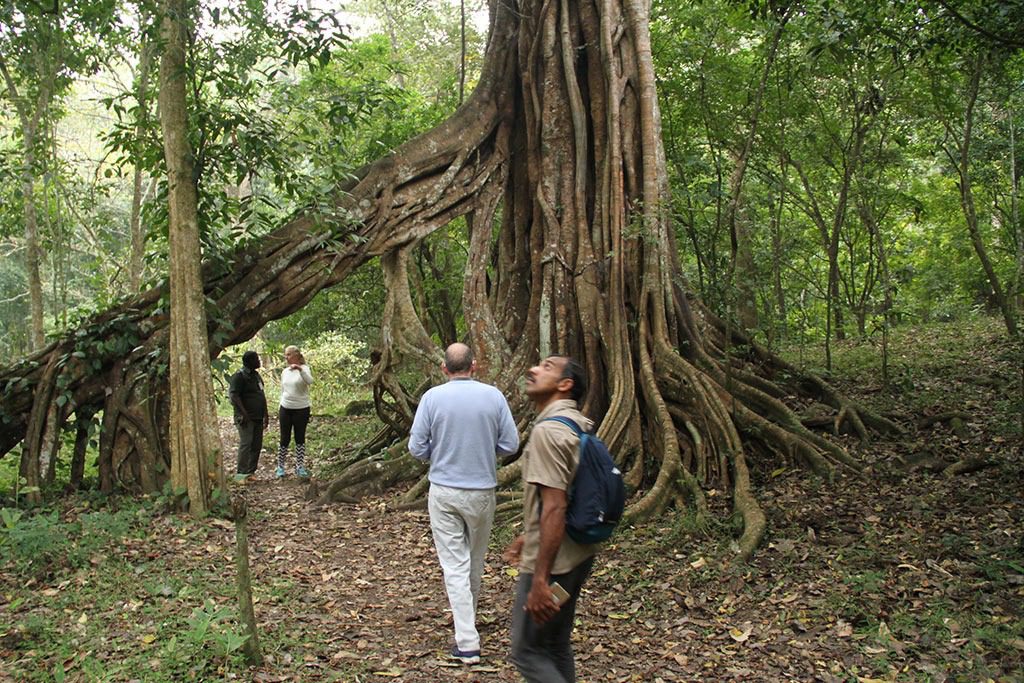
NATURE TRAILS
Other than the famed tiger trail, the Reserve has charted out various other trails for nature lovers, like the Nature Walk, Green Walk, Jungle Scout and Border Hiking, which are all guided tours with local tribal guides in charge.
Nature Walk: This trek provides an opportunity for watching birds, butterflies and wildlife. The walk comprises of a host of trails traversing through a mosaic of habitats of the reserve. A walk through the trail which winds its way through the landscape comprising of moist deciduous and evergreen forests interspersed with marshy grasslands offers a rare opportunity to witness the many splendours of nature.
Green Walk: This trek lasts for two-and-half hours and traverses a distance of 4-5 km. It is an interpretive sandal protection trekking programme offering excellent opportunity to observe birds, butterflies and other wildlife through a range of habitats during the 3-hours walk. This programme is offered between 7 am to 3 pm in different nature trails inside the Park. A maximum of 5 persons can go for trekking at a time along each trail accompanied by a trained tribal guide.
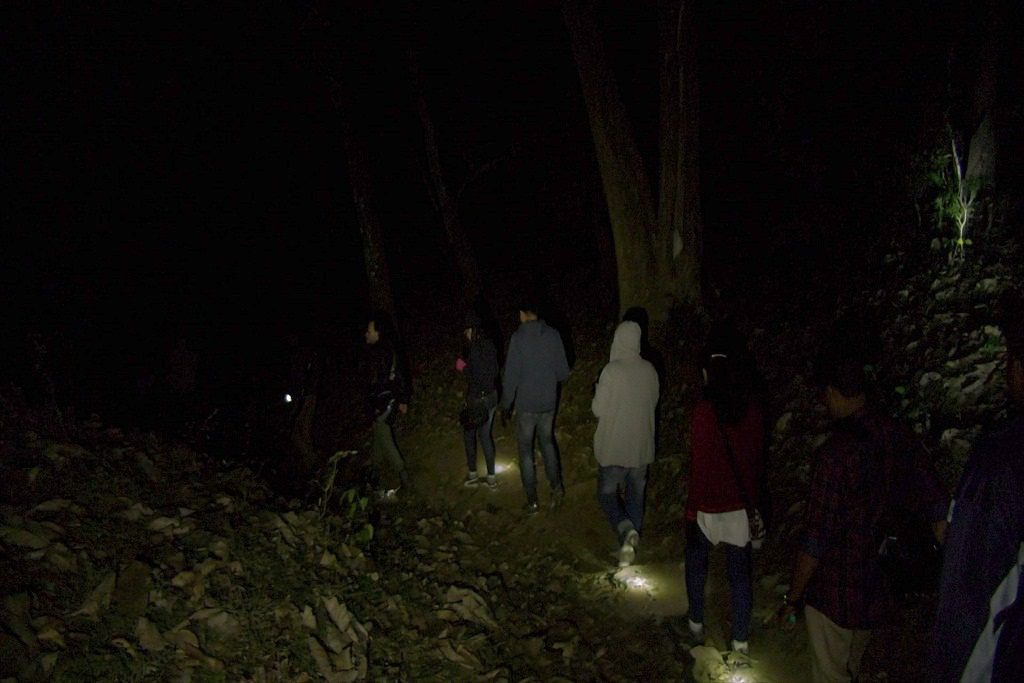
Jungle Scout: This eco-tourism package is a regular guided night trekking programme in the periphery of the eco-development zone of the tiger reserve, in the company of armed guards. The programme starts at 19.00 hrs and ends at 04.00 hrs and allows one to explore the serene stretch at night.
Border Hiking: This is a day-long hiking programme within the Reserve. The undulating terrains and altitudinal hiking of 900 m to 1300 m gives a glimpse of the lofty slopes bordering the region. Gaur, sloth bear and elephants are often sighted apart from birds and butterflies from here. A maximum of 10 trekkers in 2 different groups with two guides starts at 08.00 hrs and ends in the evening.
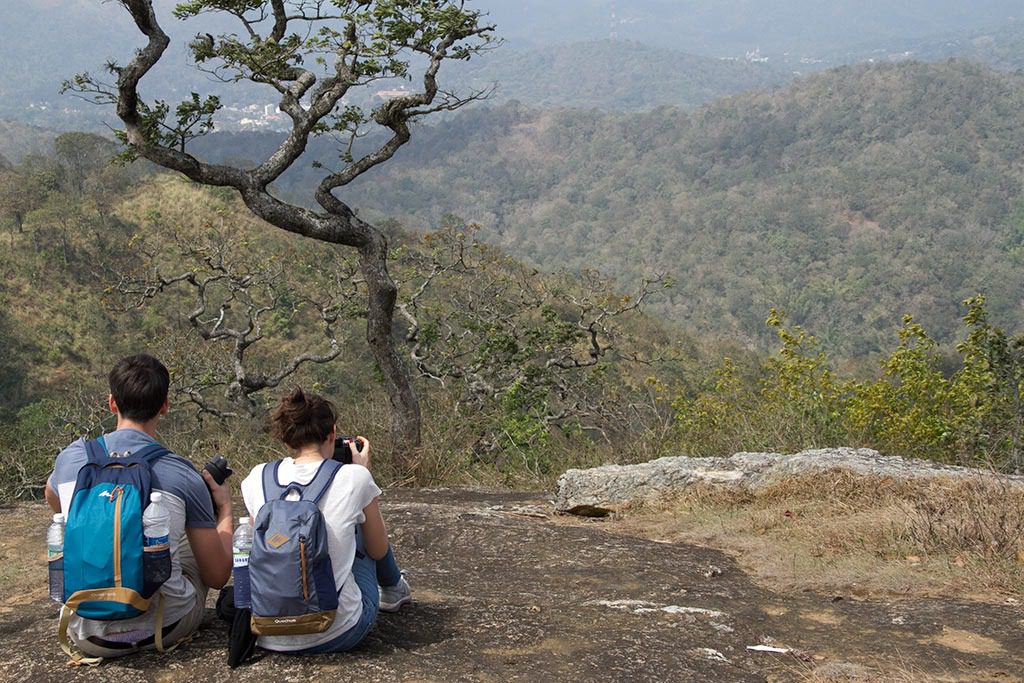
BEST MANAGED TIGER RESERVE
Management Effectiveness Evaluation (MEE) is carried out every 4 years in India for all tiger reserves. The evaluation is carried out based on 54 parameters pertaining to management of the Reserves. The MEE Committee visited Periyar TR and evaluated the documents and the field visits regarding its management.
Mr. Pramod said that Periyar TR was assessed in criteria in all aspects, such as tiger monitoring, community participation, protection and perambulation, human-wildlife conflict management, utilization of funds, activities of Periyar Tiger Conservation Foundation, training and capacity building, research and monitoring, community-based ecotourism programmes, staff strength, biodiversity documentation, infrastructures and vehicles, habitat management, and was found to be the best managed Reserve in all aspects.
